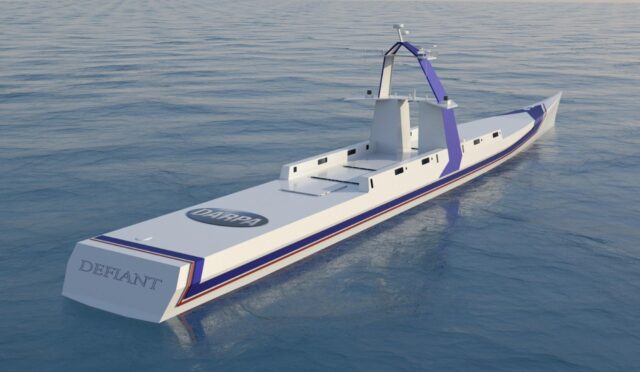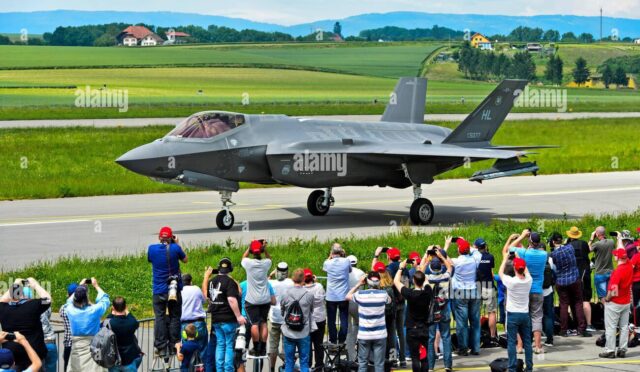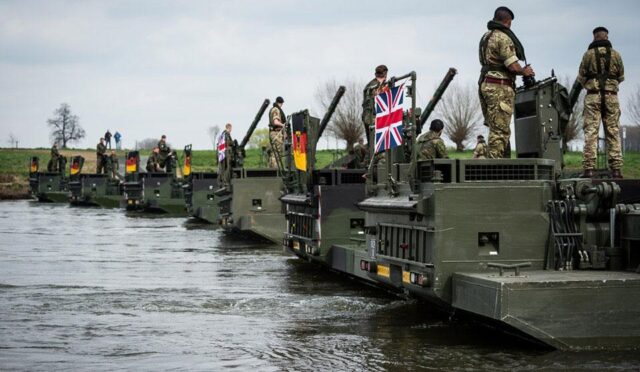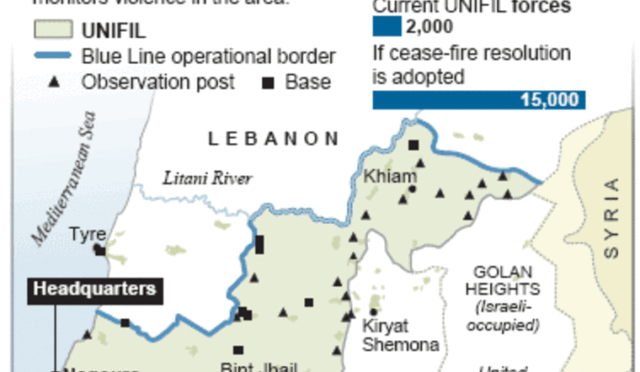Saildrone’s Commitment to Maritime Security
American company Saildrone has unveiled ambitious plans to conduct tests of four Voyager uncrewed surface vehicles (USVs) in Denmark. Scheduled to commence in June, this testing campaign represents a significant step toward enhancing sea surveillance and data collection capabilities. This initiative is part of a broader effort to incorporate uncrewed systems into Denmark’s defense framework.
According to Richard Jenkins, the founder and CEO of Saildrone, current geopolitical tensions have intensified the need for effective maritime security measures. “The Baltic, North Sea, and European Arctic waters are currently facing unprecedented threats,” Jenkins emphasized, expressing excitement about the collaboration with the Danish armed forces to deploy Saildrone systems aimed at safeguarding undersea infrastructure and bolstering regional security.
Innovative Features of the Saildrone Voyager
The Saildrone Voyager is an innovative 33-foot (10-meter) uncrewed surface vehicle that utilizes renewable wind and solar energy, enabling it to operate autonomously for several months without a crew onboard. This capability makes it particularly suitable for tasks related to maritime security and nearshore ocean mapping.
Equipped with a sophisticated multibeam sonar system, the Voyager can accurately map the seafloor to depths of 900 feet (approximately 300 meters). Additionally, its intelligence, surveillance, and reconnaissance suite includes advanced camera systems, digital radar, and passive underwater acoustic sensors, enhancing its operational versatility.
Denmark’s Strategic Response to Rising Tensions
In response to increasing tensions on its eastern borders, Denmark is intensifying its defense measures to safeguard its undersea security. This escalation comes amid heightened concerns over potential attacks on crucial underwater infrastructure.
To further this cause, Saildrone recently established a local branch in Copenhagen. This new office aims to assist European partners in enhancing maritime situational awareness through the development of autonomous technologies. The initiative focuses on creating systems capable of deep-sea mapping and monitoring vital underwater assets, including cables, pipelines, and offshore platforms.






